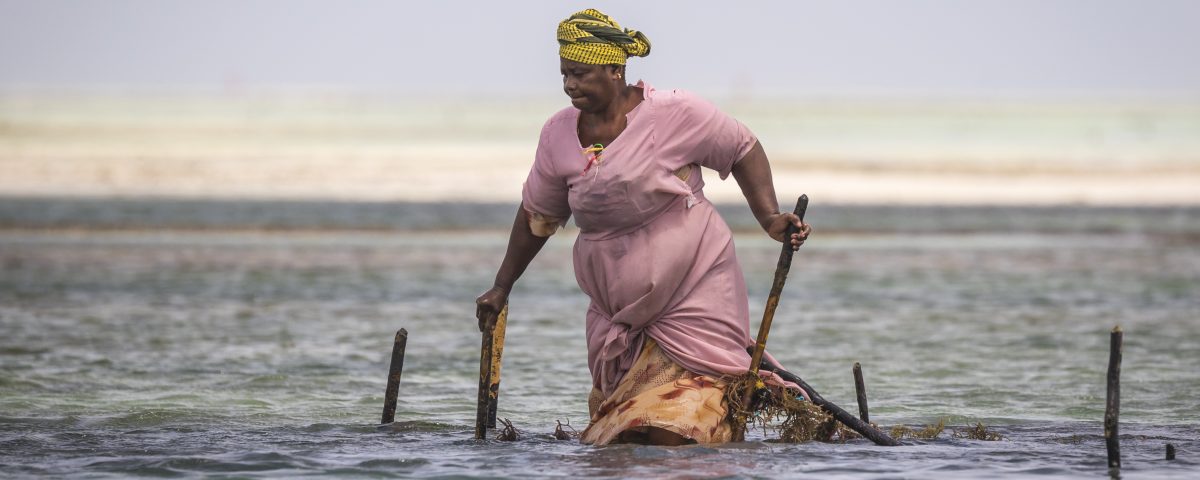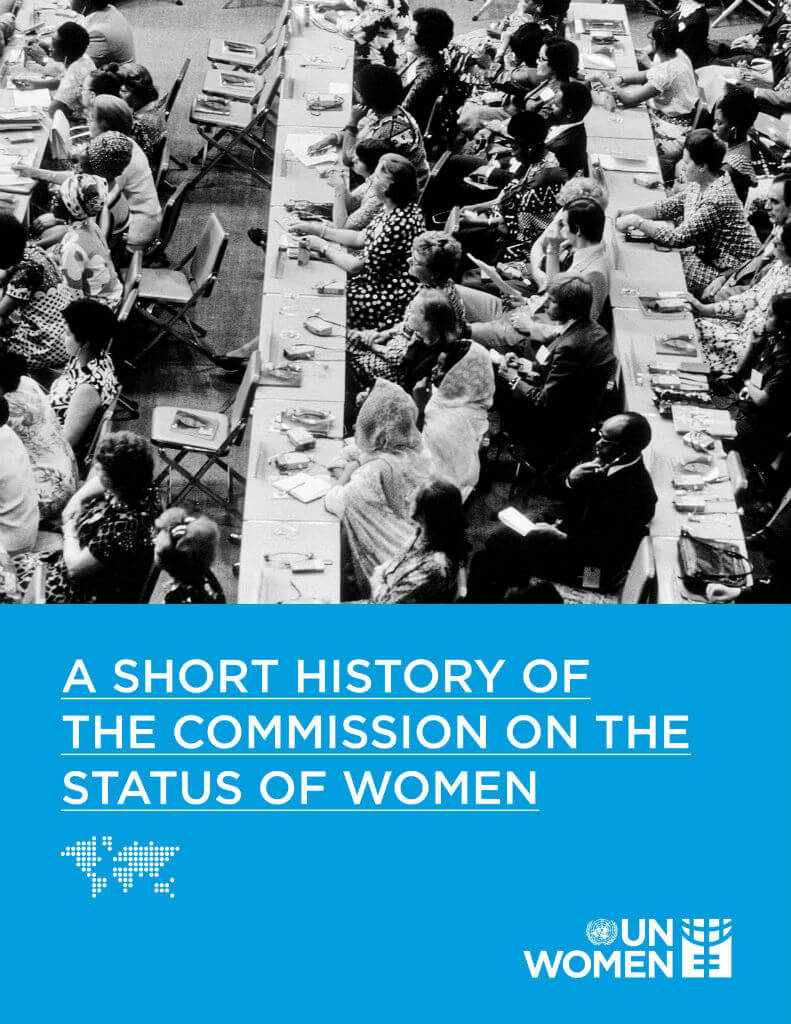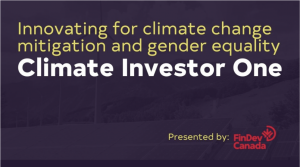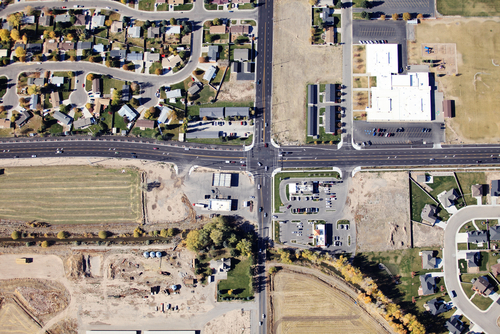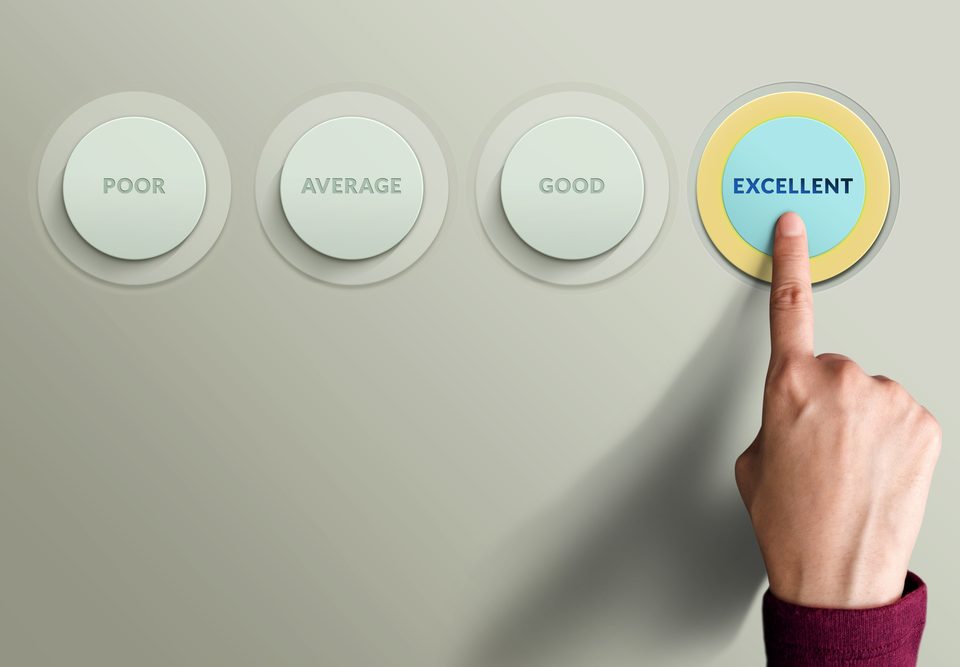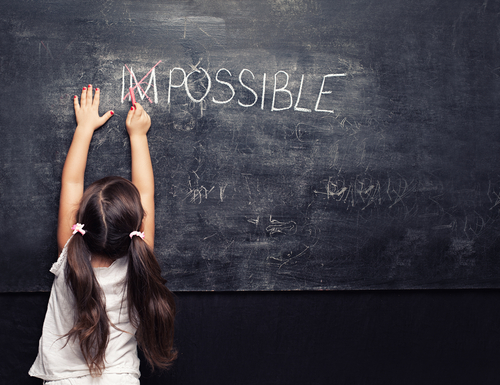


Civilians and Fallen Pilots in Europe, 1939-1945
12 February 2022Fight Against Corruption: Shared Principles, Different Practices
15 February 2022Why look at the links between gender and climate? What are the links between gender systems and climate change in the policies of international development actors? These are the questions that the French Development Agency asked a team of researchers from Sciences Po to better understand the issues and determine its policy in light of its value proposition. A multidisciplinary team* of political scientists and economists conducted this in-depth and innovative research. Three of its members present the results here.
Maxime Forest: Various strands of eco-feminism started exploring the links between societies’ relationship to their environment and gender relations in the 1970s. Most often, this combinatorial perspective posited that women had a different relationship with nature. Sometimes it established a parallel between the patriarchal system and a system based on capturing and commodifying natural resources – a legacy of colonialism.
However, it was the emergence of the fight against climate change in the 1990s and its intensification as climate change accelerated that heightened awareness of international development and climate action actors to the interlinkage between the fight for women’s rights – and gender rights in general – and the fight against climate change.
The questions raised became less theoretical, and focused on the differentiated impact of these disturbances and their consequences depending on gender, the position of women and men in society, and their access to education, health, property, etc. To a lesser extent, these actors also looked at women’s contribution to adaptation, mitigation, and resilience to climate change, particularly from the perspective of the so-called ‘green‘ transition. Although our study shows that assessments of this link are rather limited, the idea that social models which reproduce fundamental gender inequalities also transform our environment has gained traction among a handful of actors fighting climate change.
Christlord Foreste : Gender mainstreaming, i.e. the integration of gender in public policies, has been key to development policy making since the second United Nations Decade for Women’s Rights (1985–1995), through the Beijing Conference in 1995 and the adoption of the Millennium Development Goals in 2000. But it was during the Conferences of the Parties (COP) in the second half of the 2010s, and especially through the Lima program in 2014, that an agenda linking the issue of ‘gender and climate’ was established. Until then, expansions of the gender and development approach, and of gender mainstreaming, had proceeded in parallel since the Rio Earth Summit in 1992.
Political science and economics rarely take a united approach to any given research subject. What is the goal of this cooperation?
Paul Malliet: This project was a golden opportunity to do so! The union of these two disciplines is key to understanding economic policy, especially the interpretive paradigms of economic thought from which these policies were developed. Our work has allowed us to gain perspective on the presumed objectivity of economics. The results of this study clearly show the range of policies and how various development actors (international donors, NGOs, and national development agencies) use them to shape their actions. Quantitative methods are not the prerogative of economists, and for this study, we chose to use Critical Frame Analysis (CFA), which is derived from political science. This method involves the semantic analysis of a body of texts and the comparison of discourses using different frames, such as their institutional origin, the fundamental concepts they associate with, and how they combine certain specific terms. Beyond these methodological considerations, critically questioning how different actors related to gender and climate issues enables a mapping of the discourse around these issues.
What did your analysis show? What are the most prevalent relationships between gender and climate change?
Christlord Foreste: Our analysis captures the different framings of gender and climate change issues. We identified eight of them. They include the integration of gender in urgent climate action through the prism of vulnerabilities, a framing that prioritises emergency interventions during natural disasters that account for poverty, illiteracy, the exposure of girls and women, gender-based violence, and sexual exploitation.
Maxime Forest: Another interpretive framework identified in our analysis considers the link between gender and climate from the perspective of women’s role as economic agents. Women are seen as an untapped resource in the transition to low-carbon economies, and should therefore be trained. It would also be important to grant them more financial and legal autonomy so that they can contribute to the economic transformation: so-called ‘smart economics‘, an economic science that integrates social and environmental concerns. This approach is based on economic reasoning wherein gender equality will progress as it produces economic and social dividends for human societies. This interpretive framework is widespread in our body, not only among multilateral donors such as the International Monetary Fund and the World Bank, but also among national development agencies and certain NGOs, demonstrating the prevalence of presumably objective economic approaches when feminist economics would be more relevant.
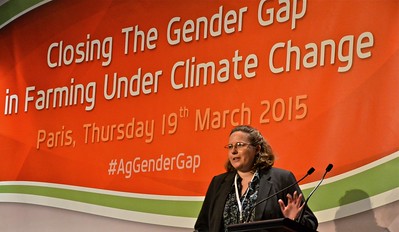
Closing the gender gap in farming under climate change held in Paris March 2015. © C.Schubert, Climate Change, Agriculture and Food Security
Christlord Foreste : And a third, fairly frequent framing emphasises gender mainstreaming in the climate agenda: it is not only mobilised as a method – which consists of integrating gender in all the areas of intervention, programs, and projects of development actors – but also primarily as a driving force facilitating the integration of gender in the climate agenda. Understood this way, the essentially technical tools (toolkits, checklists, guidelines, gender-sensitive budgeting) of gender mainstreaming pave the way for more gender-sensitive climate policies.
Do other, more transformative discourses exist?
Maxime Forest: Our study also shows the survival of discourses around women’s empowerment, which are very present in development policies, but are often limited to specific actions targeting girls and women without questioning the power relations that produce gender inequalities. We also uncovered the rise of a ‘Women as Mother Earth’s keepers’ framework that combines the eco-feminist discourses of the 1970s and 1980s. This approach is behind the focus on traditional knowledge, especially since the Lima COP in 2014. An example is the concept of Pacha Mama, the ‘mother earth’ of Andean cosmogonies.
We also wanted to test one of our hypotheses: that new discourses are emerging, informed by the materiality of gender relations and the direct consequences of climate change on their evolution. We first tested whether gender was considered as a transformative lever for a just transition and climate justice. Informed by feminist thinking, this involves changing power relations between women and men and between different groups in order to achieve more just and sustainable societies. This framework is of a piece with a more inclusive and therefore less binary notion of gender. A second hypothesis we tested is how gender relates to other factors of inequality and discrimination such as age, social status, and disability, in order to understand their impacts on climate change. In fact, this approach does exist, and is inclusive and differentiated. It considers the most marginalised groups, such as indigenous populations, home-based workers, and members of LBGTQ communities. On the other hand, our third hypothesis, positing the emergence of an approach associating gender and climate issues from a decolonial perspective, remained unproven, with such discourse barely appearing in our sample.
What are the concrete implications of your study?
Paul Malliet: This study fully aligns with the operational mission of the French Development Agency (AFD), which commissioned the research. The idea was to refine its understanding of how international development policy actors perceive the link between gender and climate issues, to develop its own interpretation and analysis of these topics ultimately.
Christlord Foreste: While the AFD commissioned the study, enabling it to better position itself and continue its rise as an expert on gender and climate change issues, the study is of interest to all its counterpart agencies and development actors. The study can help them better understand the limitations of their current approaches, and better distinguish themselves from each other in their approaches to addressing these issues.
Maxime Forest: This work is unprecedented in analytical scope (nearly 800 reference texts, i.e. several tens of thousands of pages, written in English, Spanish and French) and methodology. It is already generating strong interest, particularly from multilateral donors, such as development banks, to which it was presented at the Finance in Commons Summit held prior to the G20 in October 2021. It is also relevant to the next UN Commission on the Status of Women in March 2022 dedicated to gender and climate issues.
We are preparing several documents with the AFD for wider dissemination, pending academic publications, which are possible thanks to the rigorous methodology used and the innovative nature of the subject. We also share the desire to quickly make the entire body of work available, in addition to our coding framework, to allow actors to better position themselves in this debate.
In the short term, this work has led AFD to commission a second study devoted to the interlinkage of gender and ‘commons’ issues. These two approaches have thus far had very little dialogue. Yet such dialogue is essential to understanding the relationship between gender issues and the notion of ‘commons’, which refers to ownership structures (private, state or community) for common goods ranging from fisheries to personal data produced by new technologies.
*This research was conducted by the French Development Agency (AFD), the Gender Research and Teaching Program at Sciences Po (PRESAGE), and the French Economic Observatory (OFCE). Six researchers contributed: Sciences Po-PRESAGE researcher Maxime Forest, OFCE research assistant Christlord Foreste, OFCE economists Meriem Hamdi-Cherif, Paul Malliet, and Hélène Périvier, who is also director of the PRESAGE Program, and AFD research fellow Serge Rabier.

